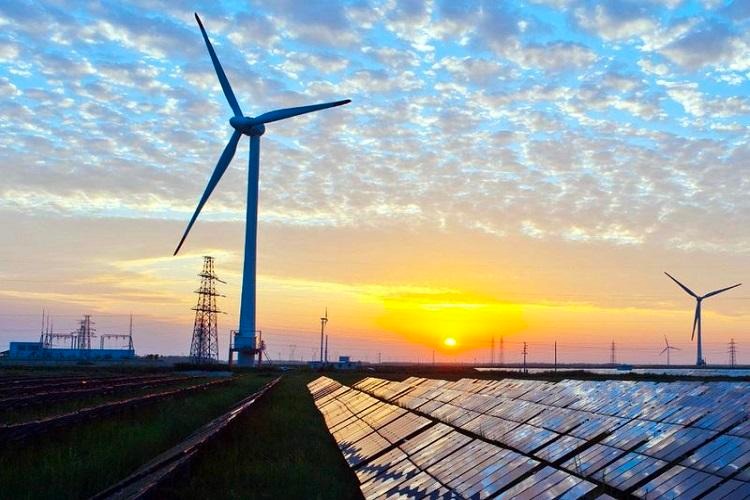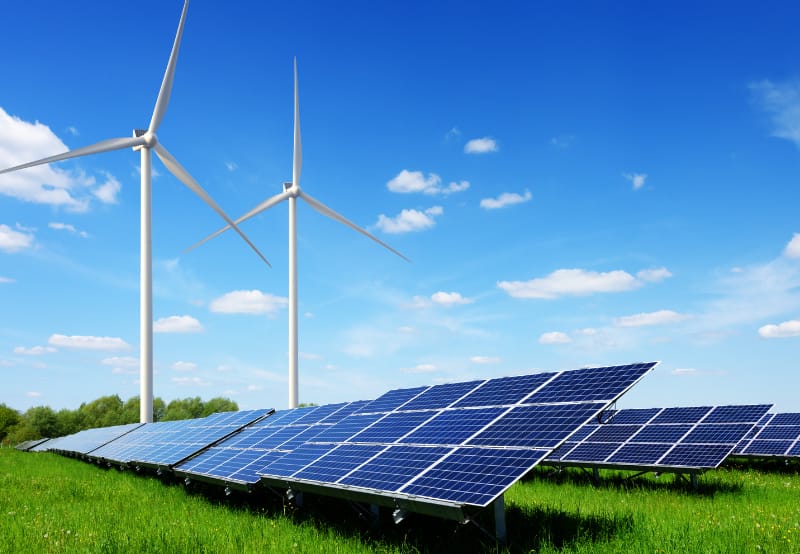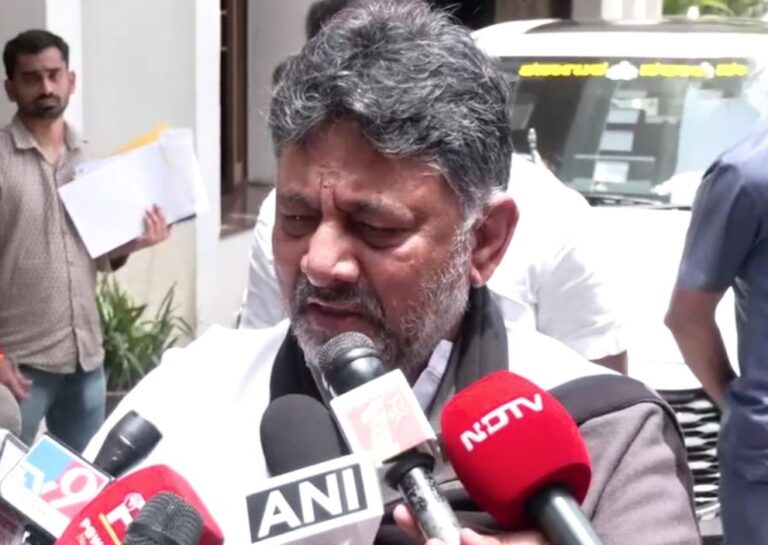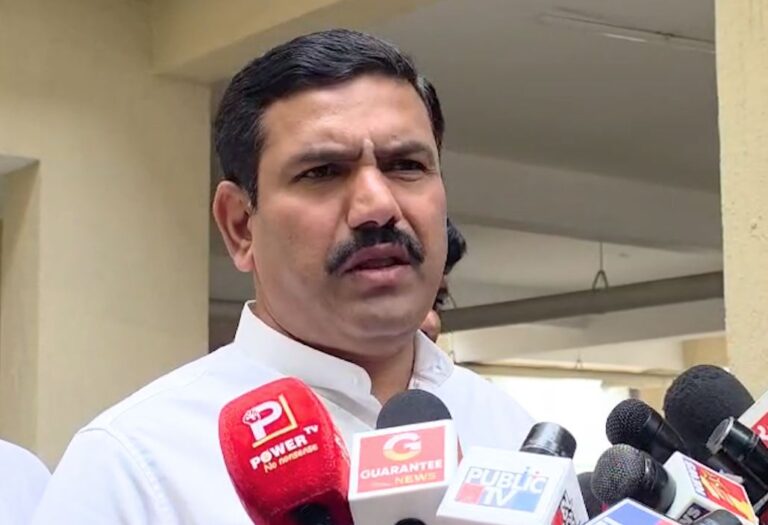Bengaluru, August 18: A latest study by researchers at Pune’s Indian Institute of Tropical Meteorology (IITM) poses an interesting question for the renewable energy push for southern Indian states like Karnataka – amongst many other areas and aspects of our everyday lives: climate change is set to impact India’s solar and wind energy potential over the next five decades.
The Karnataka State Cabinet approved the state’s renewable energy policy 2022–2027 in April. The policy called for a 10 gigawatt (GW) capacity increase in renewable power generation over the next five years, with rooftop solar estimated to account for at least 1 GW of that total by 2027.
This latest study titled ‘Analysis of future wind and solar potential over India using climate models’- published in the peer-reviewed journal Current Science recently. The study has been authored by TS Anandh, Deepa Gopalakrihsnan and Parthasarathi Mukhopadhyay, researchers from IITM Pune under the Ministry of Earth Sciences as well as Centre For Prototype Climate Modelling, New York University, Abu Dhabi, UAE.
While the situation for most parts of India will be a reduction in solar radiation, which is also expected to impact during most of the monsoon and post monsoon seasons (June to November), the situation may be slightly different for Karnataka. “Projection of solar energy potential in the future is found to be slightly lower than the recorded historical values over Karnataka and surrounding regions. The seasonal projections of solar potential, however, are slightly better over this region compared to the rest of India,” said Mukhopadhyay.
Karnataka is also among the top 10 states in India with highest wind energy potential. From 2016 (2869 MW) to 2022 (5182 MW), there has been a 80.6% rise in wind energy capacity for the state. The state’s latest renewable energy policy pegs the total wind potential of Karnataka across 30 districts at 1,24,139 MW by 2027.
Union Minister’s response to the study:
On August 2, 2022, the Union Ministry of New and Renewable Energy was questioned in Parliament (Rajya Sabha) regarding the research study by IITM Pune titled “Analysis of future wind and solar potential over India using climate models,” which says that changing climate patterns are likely to reduce the generation of solar power in the country and also affect the major wind power plants in certain regions; and if so, what were the measures being taken to improve the efficiency of solar farms and wind power plants?
RK Singh, the Union Minister for MNRE & Power, said that the government was taking the following actions to raise the effectiveness of wind and solar power facilities:

- MNRE is funding research and development under the “Renewable Energy Research & Technology Development Program” in a variety of areas, including enhancing solar cell efficiency, resource assessment, precise forecasting techniques, raising hub heights for wind turbines, and making larger rotor blades.
- Implementing the “National Program on High Efficiency Solar PV Modules” production-linked incentive programme to stimulate the production of high-efficiency solar PV modules.







